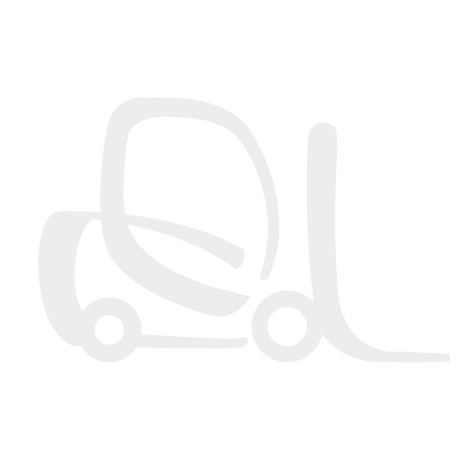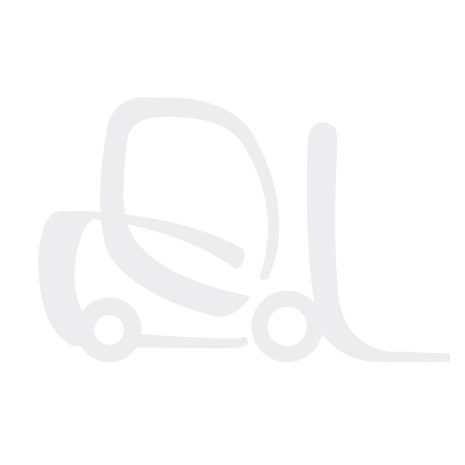OSHA Forklift Attachments Regulations
The United States Department of Labor Occupational Safety and Health Administration (OSHA) exists to ensure all workplaces understand and adhere to adequate safety standards. Although OSHA powered industrial truck regulations are voluminous, in essence they are relatively easy to understand. Here’s what you need to know about OSHA forklift attachments regulations.

First of all, OSHA defines forklifts as “powered industrial trucks” because their more common name is limiting. Some industrial trucks do not even utilize forks and fork attachments significantly alter the vehicle’s functionality. While “powered industrial trucks” include all classes of forklifts, they also include electric and internal combustion (IC) tractors used for industrial purposes.
Classified as “basic parts“, OSHA acknowledges that forklift attachments “increase the versatility of the truck”, but goes on to warn that they “present important safety considerations,” including:
- Forklift stability
- Visibility
- Capacity
For example, a drum handling attachment is an invaluable tool in any workplace that regularly handles drums and is far safer and more efficient than trying to move drums by balancing them on forklift forks. However, a large drum can limit operator visibility and other safety measures need to be taken to compensate for this.
Another example is the extremely useful forklift attachment is the telescoping boom. As useful as a boom attachment is, it can have an impact on the stability of a lift truck by altering its center of balance and reducing its lifting capacity.
In order to ensure that all forklift attachments are used safely and competently, OSHA regulations specify 2 basic types of safety measures:
- Operator training
- Manufacturer approval
 Operator training includes formal instruction (lecture, video, written or online), practical instruction with an OSHA approved instructor, and evaluation. Forklift training materials offered by forkliftaccessories.com comply with OSHA standards for operator training.
Operator training includes formal instruction (lecture, video, written or online), practical instruction with an OSHA approved instructor, and evaluation. Forklift training materials offered by forkliftaccessories.com comply with OSHA standards for operator training.
Manufacturer’s approval is required to ensure that the attachment is appropriate for the powered industrial truck. When it is not possible to obtain direct consent or approval from the forklift manufacturer, an OSHA approved engineer can supply the consent after inspecting and evaluating the lift truck and its attachment.
Manufacturer approval must be in writing and appropriate plates, tags or decals must be attached to the vehicle. These notifications must include capacity, operation and maintenance instructions as well as any other pertinent information.
In addition, OSHA requires that forklift attachments must be included in all regular forklift inspections. In particular, all load-bearing parts must be examined for deformations and load-bearing welds inspected for cracks.
These are the basic things you need to know about OSHA forklift attachments regulations. For more information, check out OSHA’s Powered Industrial Trucks (Forklifts) eTool.
